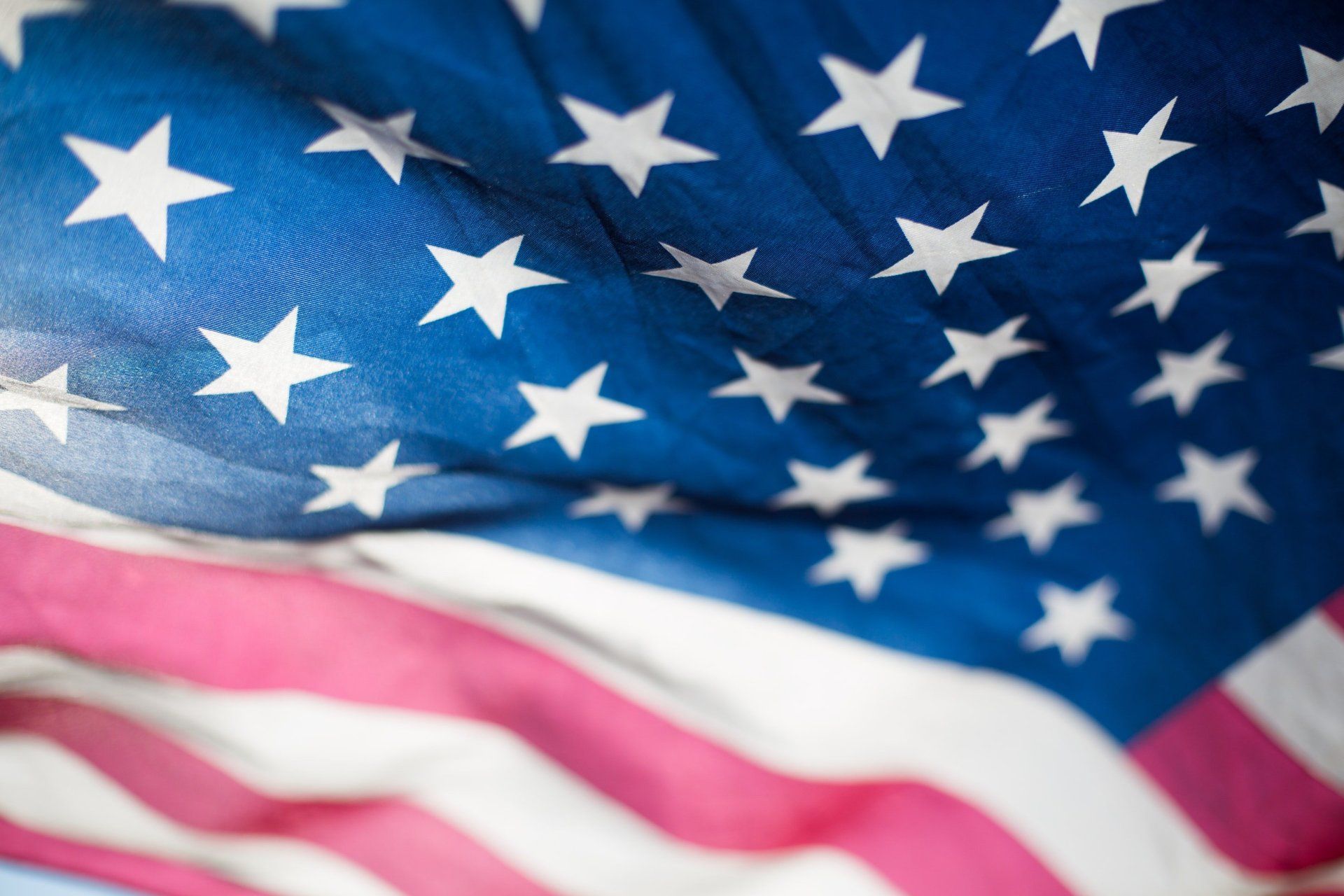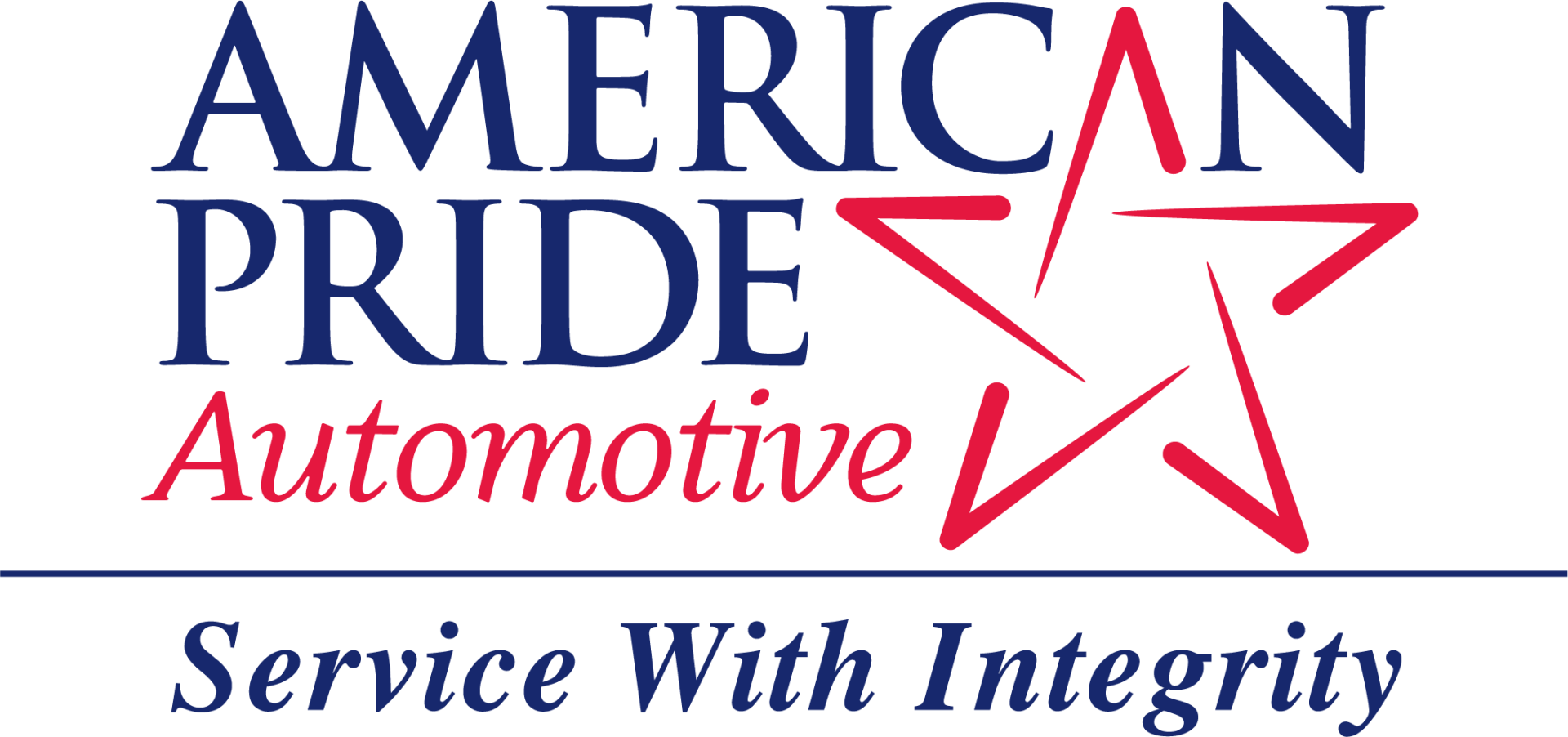AUTO REPAIR FAQ: WHEN SHOULD I GET A WHEEL ALIGNMENT?
American Pride Automotive • May 29, 2015
A vehicle’s wheels are an important component of its overall suspension system, and when out of alignment, they can wreak havoc on the car as a whole. The challenge as a car owner is knowing when a wheel alignment is necessary and when it is an unnecessary add-on to another vehicle service. Our auto repair technicians generally recommend a wheel alignment, or at least an alignment checkup, in the following cases:
- Anytime the tires are changed, since the vehicle will handle differently on new tires than it did on tires with wear and tear.
- When you hit a a particularly bad pothole.
- If you feel the car pulling in either direction while driving.
- If your steering wheel is shaking at high speeds.
- If you tend to hit curbs and parking stalls.
- If you haven’t had your alignment checked in 8,000 miles or 6 months (whichever comes first)
Most manufacturers don’t list wheel alignment as part of a recommended vehicle maintenance schedule, but that doesn’t mean you shouldn’t keep a close eye on this aspect of car care. At American Pride, we generally advise our customers to get their alignment checked at each routine service visit and to have an alignment performed annually (or as needed).
We offer customers in Williamsburg, Toano, Newport News and Newport News wheel alignment checks and two different levels of wheel alignment service (Learn more about our standard and plus alignment service here). Every wheel alignment at American Pride involves only the best precision and accuracy and we make sure to follow the specs set forth by each manufacturer for all makes and models. Schedule an appointment for wheel alignment and suspension system services today at whichever location is most convenient for you.

You’re driving home at night and it is raining cats and dogs. You can’t see but 20 feet in front of your car, but you’ve slowed down and are being extra cautious, so what could go wrong? Then you feel it. A sinking Cl-clunk. Maybe that “puddle” you saw ahead of you was deeper than just a puddle. Before you know it, your car is stalling in the high water in the middle of the road. Now what? First off, don’t panic. Turn on your hazards and crank the ignition once. If the car starts, make it dry land and pull over to assess the damage. If it does not start the first time, do not try to start it again. Doing so can result in a hydro locked engine and will likely necessitate the rebuilding or replacement of the engine. Unfortunately, if you find yourself stalling in water at all, your vehicle will probably need costly repairs. The best way to avoid water damage is to practice safe and smart driving in wet weather, which brings us to Part 2 of the Everything Auto “Blame it on the Rain” series (Find Part 1 here). Take heed of these severe weather driving tips: 1. TAKE NO CHANCES ON PUDDLES Even if the standing water ahead of you looks shallow enough to drive through, think twice. If the water is “rushing” or if other drivers are making a point to avoid it, don’t assume that your vehicle is the exception. Additionally, you never know the hazards that lay at the bottom of a puddle. Hidden potholes or debris can pierce your tires and jostle your alignment and suspension system. 2. IF YOU MUST TAKE A CHANCE, TAKE IT SLOW AND STEADY When you deem it necessary and safe to drive through water of questionable depth, go slowly. Speeding through a puddle, even a shallow one, can splash water into your vehicle’s intake and critically harm the engine. Like we mentioned last week, after driving through standing water, lightly tap your brakes to make sure they aren’t saturated and to dry them off. 3. KEEP A ROADSIDE EMERGENCY KIT HANDY Sometimes, no matter how careful you are on the road, accidents and vehicle malfunctions happen, especially in wet severe weather. That’s why it is extremely important to keep emergency supplies ready in the trunk for the worst case scenario. You can buy a preassembled one, but it is cheaper (and more rewarding) to assemble your own. What should you include? Edmunds.com provides an excellent comprehensive list of items, a few of which include: 12-foot jumper cables Four 15 minute road flares Two quarts of oil A gallon of antifreeze A first-aid kit. Find the rest of the list here We hope that this series has given you helpful safety insights and tips for driving in the rain! Remember that American Pride Automotive is always here to help and ready to answer any and all of your auto repair and maintenance questions! Call or contact us today.
